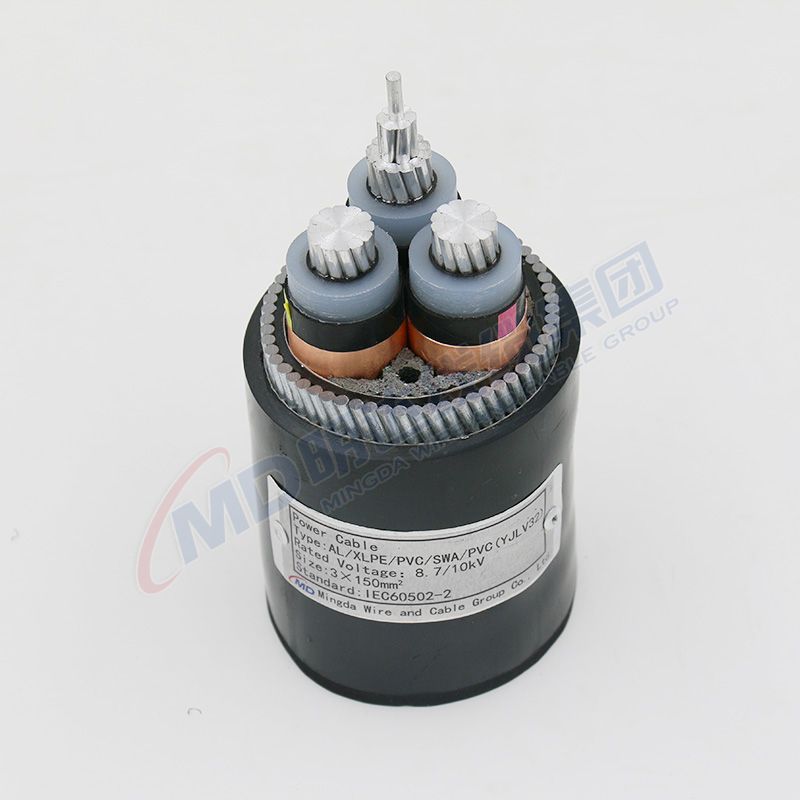10 月 . 31, 2024 06:17 Back to list
flexible rubber joint
Flexible Rubber Joints Enhancing Structural Integrity and Performance
Flexible rubber joints, widely used in various applications, play a crucial role in modern engineering and construction. These components are designed to absorb and accommodate vibrations, thermal expansions, and misalignments, thereby protecting connected structures from potential damage. Their importance spans multiple industries, including plumbing, HVAC, automotive, and civil engineering.
At the heart of flexible rubber joints lies the material they are made from—rubber. Rubber’s exceptional elasticity and resilience make it the ideal choice for joints that need to handle dynamic loads and movement without compromising performance. The flexibility allows these joints to adjust to changes in alignment and pressure, which is essential for maintaining the integrity of connected systems and preventing leaks or failures.
One of the primary applications of flexible rubber joints is in piping systems. When pipes are subjected to thermal expansion due to temperature fluctuations, they can experience stress at the joints. Flexible rubber joints can absorb this movement, reducing the risk of pipe failure or leaks. This is particularly important in applications such as water supply networks, where even minor leaks can lead to significant water loss and increased operational costs.
In HVAC systems, flexible rubber joints are used to mitigate vibrations generated by pumps and compressors. These vibrations can lead to wear and tear on equipment and disturb the overall performance of the system. By integrating rubber joints, engineers can effectively isolate vibrations, thus extending the lifespan of machinery and improving energy efficiency.
flexible rubber joint

The automotive industry also benefits from flexible rubber joints, especially in the design of suspension systems
. These joints allow for movement between different components while maintaining a secure connection. This flexibility enhances ride quality and stability, ensuring that vehicles can handle various road conditions with ease and comfort.In addition to their versatility, flexible rubber joints offer a range of sizes and configurations, making them adaptable to various requirements. They can be designed as straight connectors, elbows, or custom shapes depending on the specific needs of a project. The ability to customize these joints ensures that they can be integrated into virtually any system, regardless of complexity.
When considering the installation of flexible rubber joints, it is essential to choose the appropriate type and size based on the application requirements. Factors such as pressure ratings, temperature conditions, and the nature of the fluids or gases involved must be taken into account. Proper selection helps prevent premature failure and ensures optimal performance.
Maintenance of flexible rubber joints is relatively straightforward. Regular inspection for signs of wear, cracks, or degradation is advisable, as environmental factors and prolonged exposure can affect rubber’s durability. Timely replacement of worn joints can prevent costly breakdowns and disruptions in operations.
In conclusion, flexible rubber joints are indispensable components in modern engineering, providing the necessary flexibility to accommodate movement, reduce vibrations, and maintain system integrity. Their applications across various industries underscore their versatility and importance in ensuring reliable performance and longevity of systems. With proper selection and maintenance, flexible rubber joints will continue to be a backbone in the infrastructure of our increasingly complex world, supporting both functionality and efficiency.
Share
-
Understanding the Differences Between Wafer Type Butterfly Valve and Lugged Butterfly ValveNewsOct.25,2024
-
The Efficiency of Wafer Type Butterfly Valve and Lugged Butterfly ValveNewsOct.25,2024
-
The Ultimate Guide to Industrial Swing Check Valve: Performance, Installation, and MaintenanceNewsOct.25,2024
-
Superior Performance with Industrial Swing Check Valve: The Essential Valve for Any SystemNewsOct.25,2024
-
Industrial Swing Check Valve: The Ideal Solution for Flow ControlNewsOct.25,2024
-
You Need to Know About Industrial Swing Check Valve: Functionality, Scope, and PerformanceNewsOct.25,2024